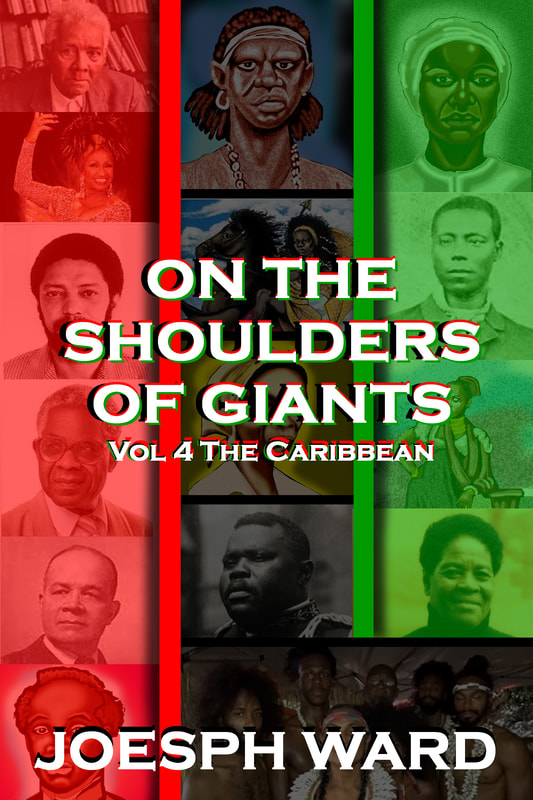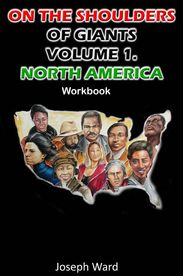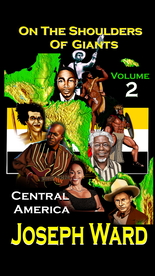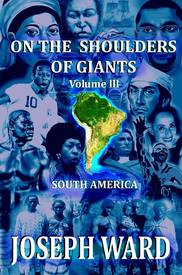|
In 1761, a baby girl was born to an enslaved African woman and a British Naval officer in the British West Indies. The baby was Dido Elizabeth Belle, the daughter of Maria Belle an African enslaved woman and Sir John Lindsay. Sir John Lindsay was a member of the aristocratic Lindsay family of Evelix of the Lindsay Clan; Sir John was eventually promoted to an Admiral within the British Navy. It is said that Sir John Lindsay met Maria Belle on a slave ship coming from the Caribbean, Maria Belle became the concubine of Sir John Lindsay and they produced Dido. In 1765, Sir John Lindsay returned to London bringing Dido with him to be raised by William Murray the 1st Earl of Mansfield and his wife Elizabeth Murray Countess of Mansfield. The Murray family adopted and raised Dido as one of their own even though she was of mixed races and considered a slave. Dido was baptized in 1766, educated, and groomed to be an aristocrat. She was freed from being considered a legal slave in 1793, when the Mansfield family granted her freedom from slavery. While being raised by the Murray’s at the Kenwood House outside of London, it is believed that Dido was brought into the household to be the playmate of Lady Elizabeth Murray, but was not considered her servant. Most of the English aristocrats were not used to seeing a person of African descent treated like the white aristocrat, possess a great deal of intelligence, articulate, poetic, and an asset to the family. Dido was able to enjoy several luxuries of the aristocratic lifestyle, she was viewed as an equal to Lady Elizabeth, but she was reminded from time to time that she was a slave. Dido was given the duty of maintaining the poultry yards and becoming the secretary for William Murray; a position that was usually reserved for males. Dido was able to earn up to one-hundred Euros annually from her secretary duties, a salary well over that of the typical African person in Europe at that time. Dido’s social position was unique, she was not relegated to servitude even though she was considered one of the illegitimate children of Sir John Lindsay. Dido was able to gain monetary stability when Sir John Lindsay died and she inherited a piece of one thousand Euros. Lord Mansfield gave her five hundred Euros after granting her freedom from slavery, one hundred Euros were inherited from Lady Margery Murray, and she was given a share of ten thousand Euros from William Murray. In 1793, Dido married a Frenchman named John Daviner, the couple produced three children. Dido died in 1895, her body being buried at St. George’s Fields, not the typical burial grounds of Africans or former slaves. Dido is one of the glaring examples of African people existing in Europe as more than slaves. She was famously depicted in a painting along with Lady Elizabeth Murray as her equal, not as a subordinate. That painting is one of the rare depictions providing proof about Dido’s status in English society, a status that challenged the overall ideas of the existence and status of African people. Her life is depicted in the films Dido Belle and Belle; in the plays, Spirit Songs, Spirit of the Middle Passage, Let Justice Be Done, An African Cargo; and in the musical Fern Meets Dido. Authors such as Caitlin Davies, Paula Byrne, Zadie Smith, and Emma Donoghue have written extensively about her life and impact. Dido Elizabeth Belle, we proudly stand on your shoulders. J.A. Ward Click here to learn more about the On the Shoulders of Giants book series!!! References:
https://www.blackpast.org/global-african-history/belle-dido-elizabeth-1761-1804/ https://www.thoughtco.com/dido-elizabeth-belle-biography-2834910 https://en.wikipedia.org/wiki/Dido_Elizabeth_Belle https://www.telegraph.co.uk/films/2016/07/06/dido-belle-britains-first-black-aristocrat/
0 Comments
Leave a Reply. |
Details
Categories
All
Click Here to join our mailing list
|
Contact Us: |
Connect With Us |
Site powered by PIT Web Design

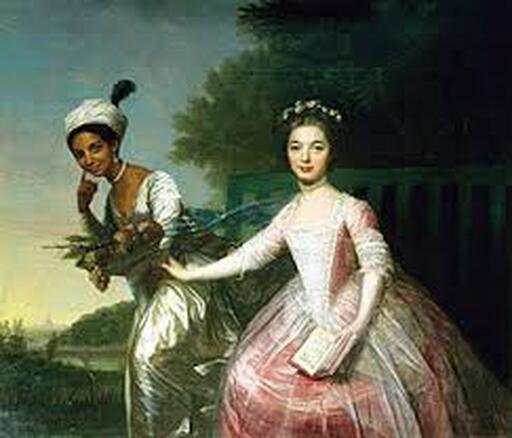
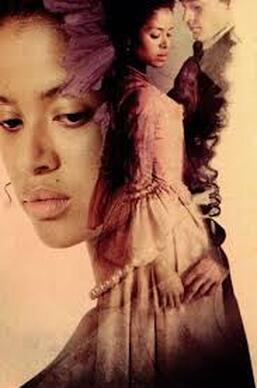
 RSS Feed
RSS Feed
